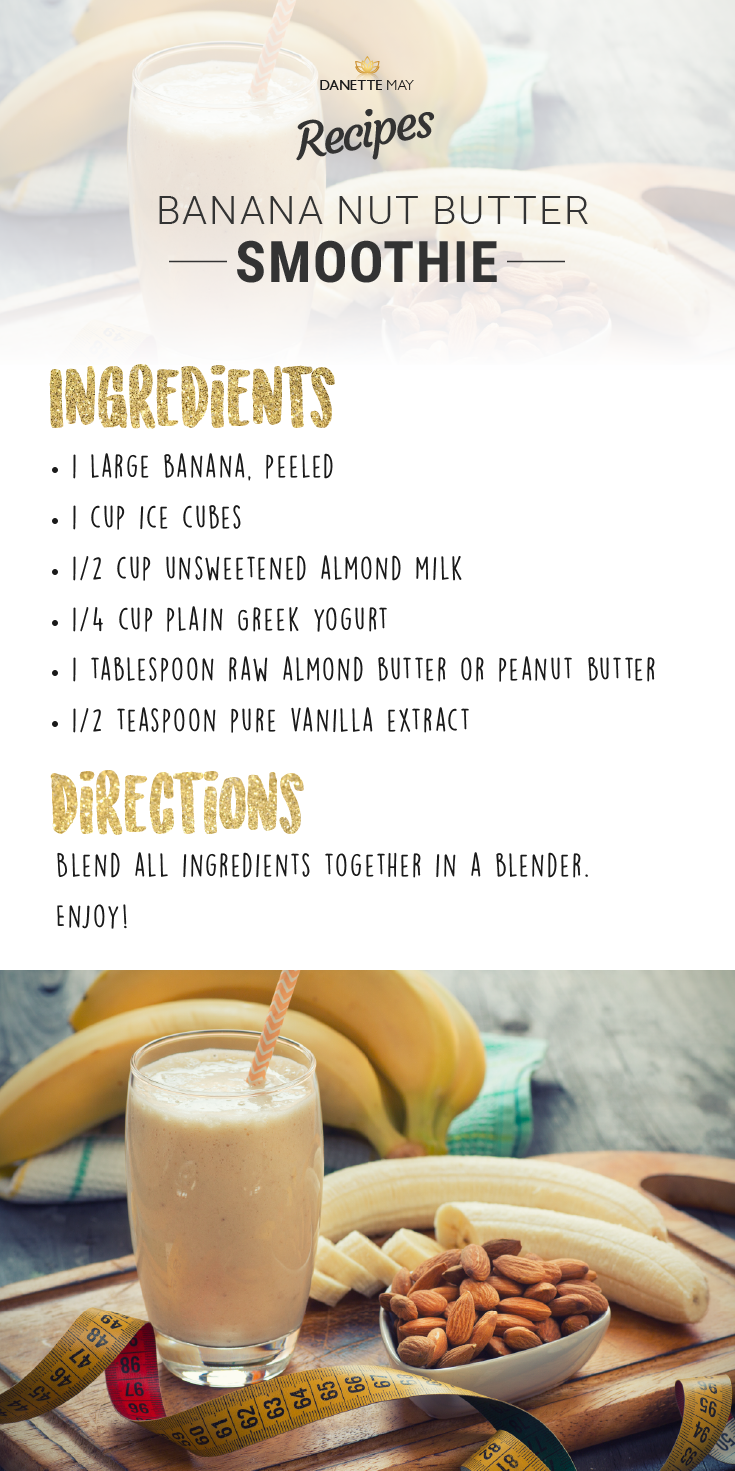It can be challenging to get slimmer, stronger and healthier. Maybe it's hard to find time.
For some, it’s hard to find energy. And for many, it’s hard to avoid being hungry.
If you're a person who likes to eat a lot, I have some good news for you today!
There are plenty of foods that are good for you and will also make you feel full. Your best choices are foods that are high in fiber, plant-based fats, and protein.
They're the most satisfying choices for a number of reasons:
- They move slowly through your digestive system
- It takes your body longer to absorb their nutrients
- They cut down on blood sugar spikes
Generally speaking, stay away from processed foods and stick with whole, nutrient-rich foods instead.
Top 9 Foods You Can Eat A Lot Of And Stay Thin
1. Pears and apples
These delicious superfruits are loaded with antioxidants and are good for you for many reasons. They also are loaded with fiber.
They cut your appetite and make you feel full.
2. Lentils and beans
Just one serving of lentils gives you 11 grams of fiber and 13 grams of protein. These and other legumes make you feel 31% more full when compared to foods like bread and pasta.
One study said that eating beans is more satisfying than eating beef.
3. Greek yogurt and cottage cheese
Dairy foods of all types are very good at keeping you feeling full. I limit dairy for a number of reasons but Greek yogurt and cottage cheese are always in my fridge.
One study showed that people who ate a high protein Greek yogurt as a snack after lunch were less hungry later than those who ate lower protein yogurt.
4. Eggs
Eating two eggs gives you 12 grams of complete protein and loads of essential amino acids that your body needs.
One study showed that people who ate eggs at breakfast had stable blood sugar levels and felt less hungry for a full day after.
5. Beef
Just 4 ounces of lean beef has 32 grams of protein and plenty of amino acids. Just make sure you know how to shop for healthy beef.
You don’t want to eat too much of it, but when you do it's sure to keep you feeling full.
6. Broth-based soups
Soups that are broth based are high in both protein and water. Those 2 things together combine to make you feel full.
A pot of soup loaded with vegetables, lentils, or chicken can keep you feeling full for a long time.
Need a good soup recipe? Here are FIVE great soup recipes!
7. Hot Oatmeal
Studies say that part of the magic is in the warmth of the meal. This is because when you heat up oatmeal in coconut or almond milk, it has a higher level of thickness, and that makes you feel full.
8. Avocado
Avocado is a perfect example of a plant-based fat that will keep you feeling full.
One study showed that half of an avocado increased satisfaction by 26% and reduced hunger by 40% for 3 hours.
Tweet9. Quinoa
Quinoa is a complete protein that has TWICE the fiber of brown rice. It will tamp down hunger for a long time while providing lots of great nutrition.
One of my favorite ways to enjoy quinoa is in my Zesty Mexican Quinoa Skillet. You'll love how easy this delicious one pan recipe is to throw together.
Yours in Health,
P.S. Help me share the good news with your friends and I'd love to hear from you in the comments below.





